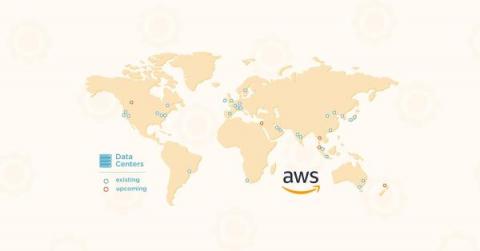Operations | Monitoring | ITSM | DevOps | Cloud
Cloud
The latest News and Information on Cloud monitoring, security and related technologies.
Create PromQL alerts in Cloud Monitoring now in Public Preview
You can now create globally scoped alerting policies based on PromQL queries alongside yourtheir Cloud Monitoring metrics and dashboards.
5 Best FinOps Tools Companies Should Consider In 2023
The Essential AzCopy Cheat Sheet
AzCopy is a command-line utility designed for copying data to and from Microsoft Azure Blob and File storage. It allows for efficient data transfer, ensuring the integrity of the files and offering a seamless process. In a world where data is considered a valuable asset, AzCopy stands out as a vital tool for data administrators, developers, and Azure users.
How to monitor Azure App Registration Client Secret Expiration Notification?
Debuggers Guide to the Galaxy - Promo Video
Improved cost visibility and 60 percent price drop for Managed Service for Prometheus
We’ve dropped pricing for samples ingested into Managed Service for Prometheus by 60%, and improved our metrics management interface.
AzCopy and Azure File Sync: How They Work Together
In the ever-expanding landscape of Azure data management, two powerful tools emerge as essential assets for tech professionals: AzCopy and Azure File Sync. While each has its unique capabilities, together they create an intricate symphony that enhances data transfer and synchronization within Azure. In this comprehensive guide, we’ll unravel the functionalities of both, explore their common use cases, delve into their integration processes, and weigh their benefits and drawbacks.










